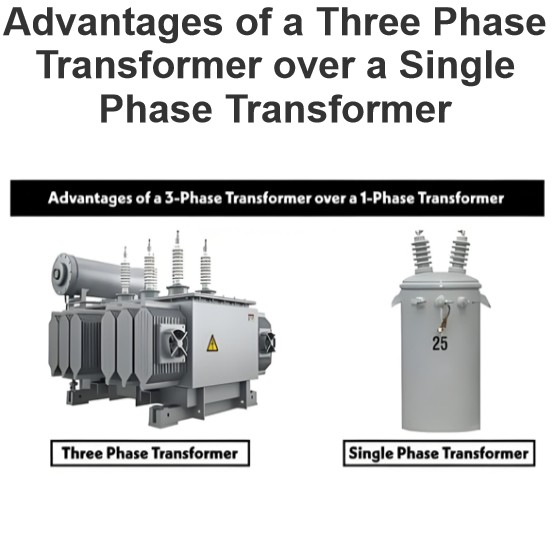How can a single phase motor be reversed?
The single-phase motor can be reversed by the following methods:
1. Exchange Power Cord
Method: Single-phase motors typically have two power lines, namely live (L) and neutral (N). When these two power lines are swapped, the single-phase motor achieves forward and reverse rotation.
Steps:
Cut off the power supply to ensure safety.
Find the live wire and neutral wire of the motor.
Swap the positions of these two wires.
Restore power and test the direction of motor operation.
Caution: This method is simple and easy to implement, but it requires manual operation of the power cord, which can be dangerous.
2. Change the Connection Method of Capacitors
Method: The direction of a single-phase motor is determined by the direction of the current and can be achieved by reversing the current to the motor. This usually requires special circuits or electrical components such as capacitors or contactors.
Steps:
Cut off the power supply to ensure safety.
Find the motor's start capacitor and windings.
Change the connection of the capacitor, such as moving one end of the capacitor from one winding to another.
Restore power and test the direction of motor operation.
Caution: This method requires a certain level of electrical knowledge. Please pay attention to safety when operating and avoid dangers such as electric shock.
3. Use Inverter
Method: A reversing device is a common equipment used to implement forward and reverse rotation of single-phase motors by changing the phase sequence of the power supply to alter the direction of motor operation.
Steps:
Cut off the power supply to ensure safety.
Connect the U phase of the motor to the R terminal of the inverter, the V phase to the S terminal, and the W phase to the T terminal.
Connect the input terminals of the inverter to the power supply.
By operating the reverser, achieve forward and reverse rotation of the motor.
Caution: The inverter is only applicable to certain specific models of single-phase motor and is not suitable for other models of single-phase motor.
4. Use relays or contactors
Method: Use relays or contactors to control the forward and reverse rotation of the motor. By changing the position of the contacts of the relay or contactor, the direction of the current in the motor can be changed.
Steps:
Cut off the power supply to ensure safety.
Install the relay or contactor.
Connect the motor's power wires through a relay or contactor.
By operating relays or contactors, the motor can be made to run in reverse.
Caution: This method requires a certain level of electrical knowledge and installation skills. Please pay attention to safety when operating.
Notes
Safety First: Before performing any wiring or adjustment operations, be sure to cut off the power supply for safety.
Refer to the Manual: There may be differences between single-phase motor models. Carefully read the motor's operation manual and wiring diagram, and follow the requirements for wiring and adjustment.
Professional Help: If you are unsure about how to wire or adjust something, or if you cannot solve the problem, seek professional help to avoid causing further damage.
By following the above methods, you can effectively achieve forward and reverse rotation of a single-phase motor. Choosing the appropriate method requires judgment based on specific circumstances, while also paying attention to safety.
The Electricity Encyclopedia is dedicated to accelerating the dissemination and application of electricity knowledge and adding impetus to the development and innovation of the electricity industry.













